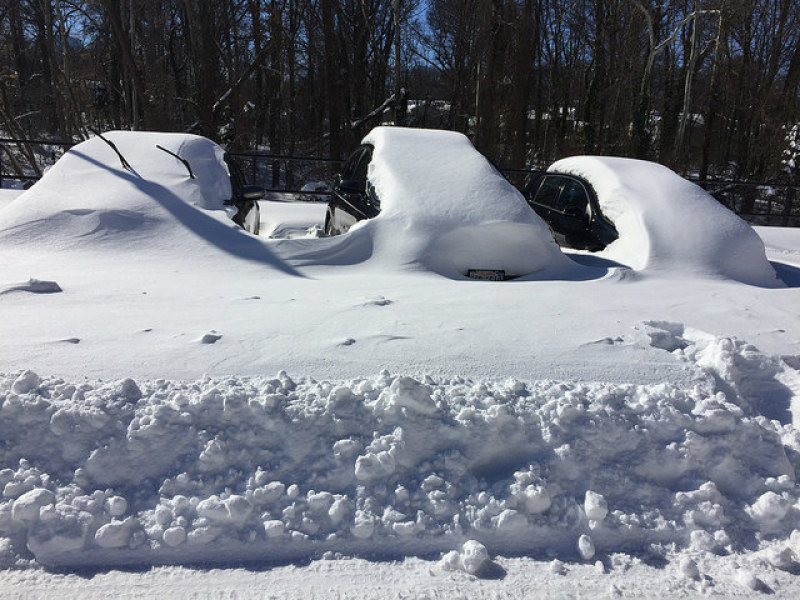
The East Coast is making efforts to recover from the record-breaking blizzard it experienced this past weekend.
The snow began Friday, and stopped falling just before midnight, Saturday. The 26.6 inches of snow that fell in New York on Saturday, making that 24 hour period the snowiest on record. The National Weather Service said that the snow was heaviest across Maryland and Delaware early Saturday before shifting toward southern New York, Connecticut, Rhode Island and southeast Massachusetts.
On Saturday, highly populated locations such as New York City, Long Island, and transits from New Jersey bridges and tunnels were under a travel ban, leaving many large East Coast cities immobilized due to the extremity of the snowstorm.
The Associated Press has reported that at least 18 people died in storm-related incidents in Tennessee, Kentucky, Maryland, North Carolina, and Virginia. Many of the deaths have been found to be related to car accidents, exposure to carbon monoxide poisoning, and heart attacks while shoveling.
Eleven states had declared states of emergency throughout the weekend.
According to USA Today, more than 50,000 people along the eastern seaboard remained without power on Sunday. Sunday was also the day that many officials transitioned from blizzard mode to cleanup mode, and started planning to figure out how to clean layers of snow fall before anyone else is hurt.
Many travel bans were lifted in cities such as New York City and Long Island, in time for Monday morning commuters although many governments and schools remain closed for the day.
The Weather Service reported that snowfall reached 28 inches near the Newark Airport, while other parts of the state experienced more than two feet of snow. The New Jersey Transit has restarted their normal weekday service, although the service will be affected by the snow removal on the roads.
In lower areas along the coast, there has been a larger problem with water being rushed in by the wind and floods in New Jersey.
Experts say it is too early to determine the full economic impact of the storm. Airports are slowly beginning operation after thousands of canceled flights, although hundreds still remain canceled. Scott Bernhardt, president of Planalytics, says that restoring roads, air travel and public transportation is critical in getting the economy flowing again.



















